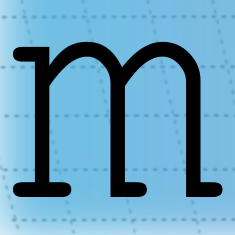Phoronix: Zink Lands Threaded Context Support For A Big Speed Boost With OpenGL Over Vulkan
Mesa 21.1 is looking to be another exciting release to be introduced later this quarter while going into feature freeze around mid-April. The latest work to land is threaded context support for Zink, which means faster performance for this OpenGL-over-Vulkan implementation...
Mesa 21.1 is looking to be another exciting release to be introduced later this quarter while going into feature freeze around mid-April. The latest work to land is threaded context support for Zink, which means faster performance for this OpenGL-over-Vulkan implementation...



Comment